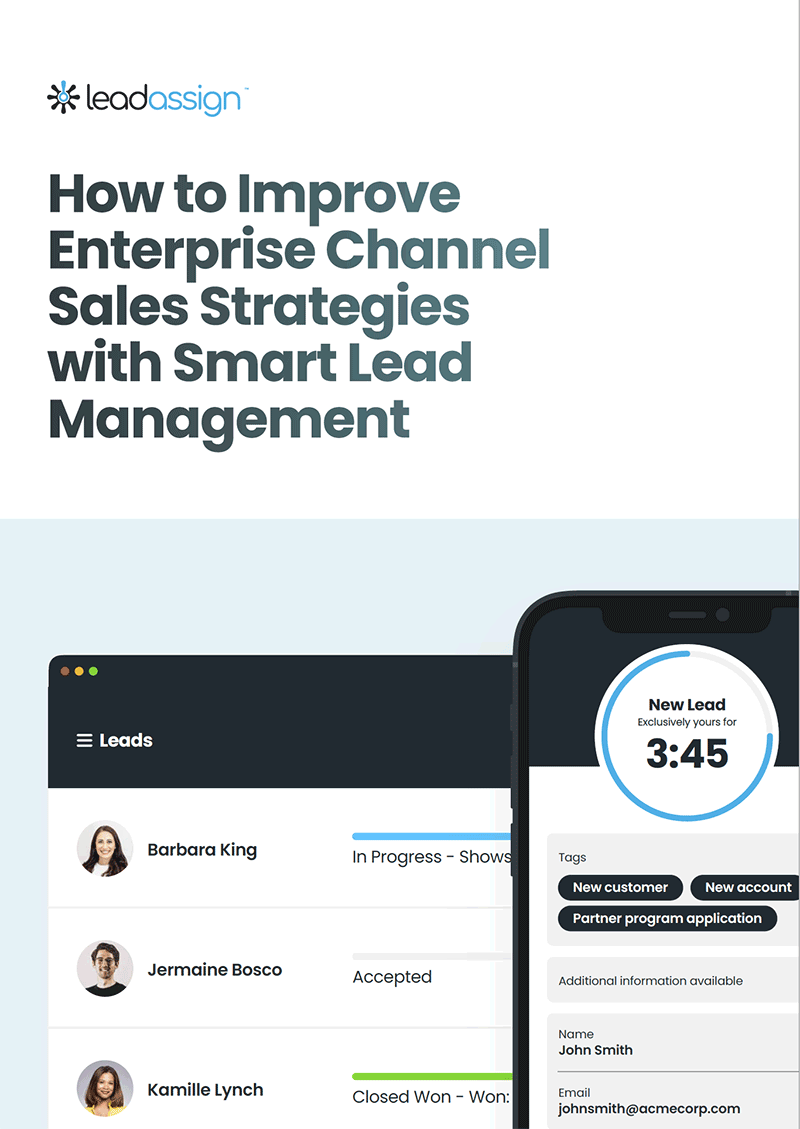Background
Traditionally, leads came from telephone enquiries. Leads are now generated via more and more electronic means from a variety of sources. Web search, websites, telemarking, and social media ad campaigns can be effective, but with the instant gratification of the internet, customers also want immediate lead followup.
Summary of the Invention
Lead Assign US Patent 10,628,830 covers routing leads using tags, and secondary routing information, (e.g geographic, availability, and other constraints) to enterprise sales agents, using various acceptance and routing techniques.
The scope of what constitutes a lead (data packet) is quite broad, covering inquires from social media, website forms, mobile apps, pay per click ad campaigns, and direct. These sources can be easily added.
The coverage on routing rules is also broad including routing via tags, location names, geographic location, agent availability, and more.
The patent covers offering leads exclusively to multiple agents in turn, round robin and other routing methods.
The patent covers the idea that agents are asked for feedback on lead performance, which is not the functionality of a CRM, as a CRM automates and guides the contact between a sales agent and their (prospective) client.
The Lead Assign US Patent 10,628,830 addresses the limitations within the prior art of relating sales contacts, data routing, and data input format issues, especially in regards to distributed sales personnel. Note the data is very often described as a Lead in various industries.
Lead Assign provides a method of automatically receiving and distributing a related set of data (e.g. a Lead) based on tags extracted from the data and matching a tag assigned to one or more sales agents in the company. In addition other rules (which e.g. are location and availability constraints within the enterprise).






